This reality has implications for the business cycle prospects of 2025–2026 and the Depression prospects of the 2030s.
It is logical that the economies of North America would move in synch given the level of cross-border trade. Yet there are considerable size, demographic, economic diversification, and legal construct differences that some variations are bound to occur. All these factors will have a great bearing on how the economies perform in the 2030s, more so than they will in the next two years.
Canada
The chart shows that Canada’s economy, measured in nominal Canadian dollars, tends to grow at a slower pace than the US economy. (This is quickly discernible because we are using the same scale for the US and Canada. This will be true of all the charts that follow). We can assume that:
- Canada’s GDP will improve in concert with the US over the course of 2025 and 2026.
- Canada 2030s experience will not be any worse than that of the US and it may in fact be milder.
- Canada remains one of our “safe havens” for the 2030s.
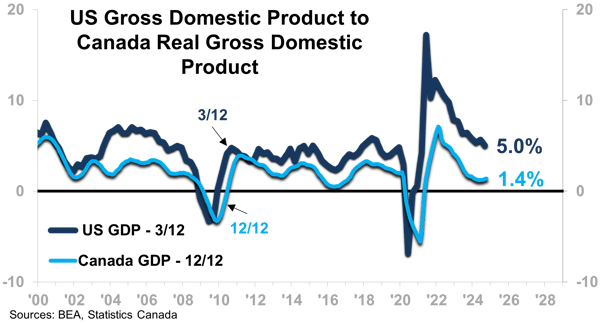
Mexico
- Mexico’s economy accelerates, decelerates, and declines along with the US.
- While the turning points are relatively in synch, the growth rate in Mexico tends to be superior to the US. That advantage is dissipating in this business cycle.
- Mexico is likely to feel the full brunt of the 2030s downturn.
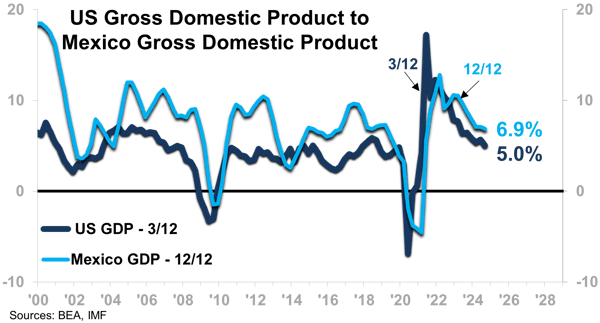
Looking further away we see the same relationships played out in slightly diverse ways.
Europe
- Europe generally experiences slower growth over the course of a business cycle than the US.
- Europe will rise at a milder pace in 2025 and 2026 than will the US.
- Europe is expected to fare worse than the US during the 2030s downturn.
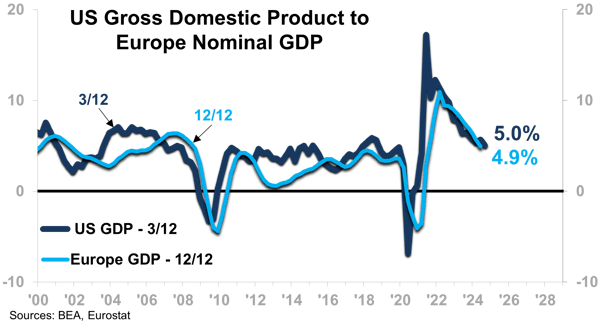
United Kingdom
- On average, the UK has historically grown at the same base as the US economy.
- The UK has similar timing characteristics as the former colony.
- The UK will not be able to escape the ill effects of the 2030s severe business cycle decline.
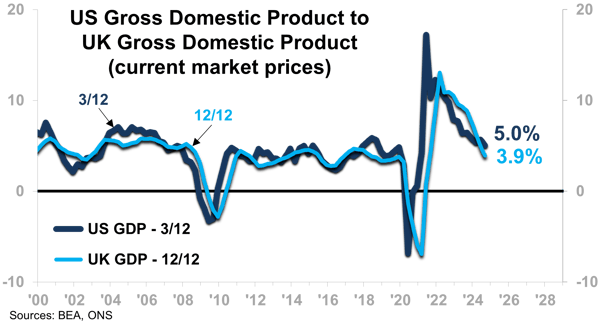
Brazil, Russia, and the Aggregate GDP of Africa Have the Following in Common
- Each of these economies is much more volatile than the US and therefore the world.
- None of these economies have exhibited an ability to prosper unless the industrialized nations are prospering (as evidenced by the US business cycle).
- Each of these economies will be at a severe disadvantage in the 2030s.
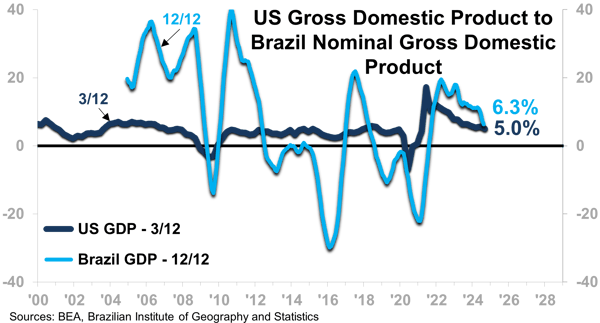
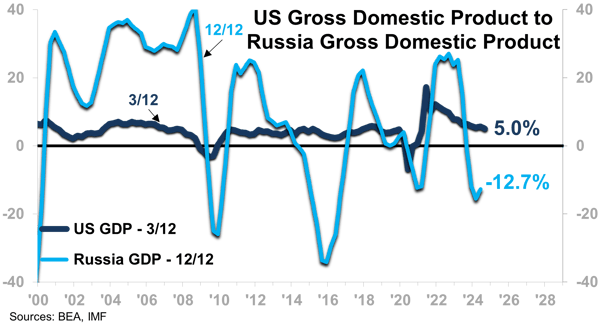
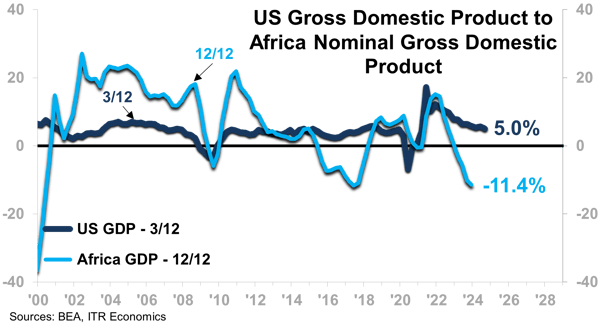
How positive will each of these economic environments be in 2025 and 2026?
What magnitude of decline is probable between 2030 and 2036?
We will answer these questions and so much more at the 2025 Crowe // ITR Economics Summit on March 20, 2025. Learn more about the virtual summit below!